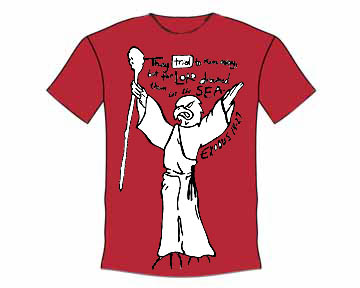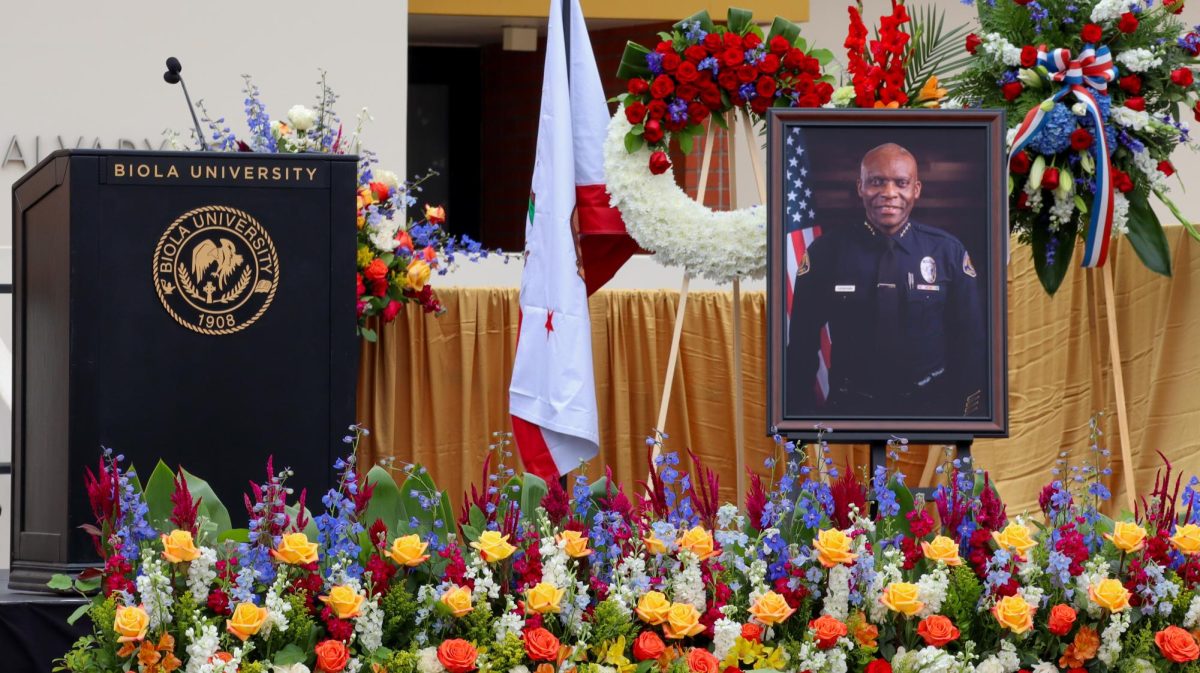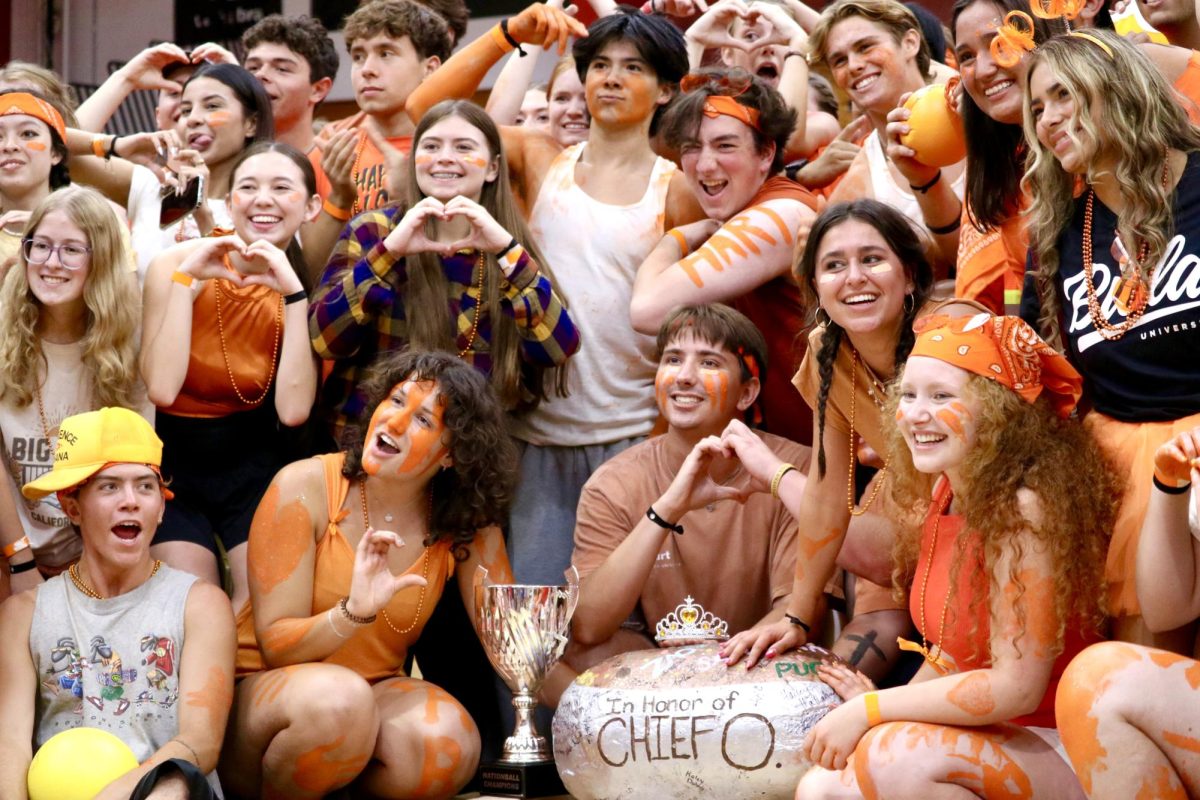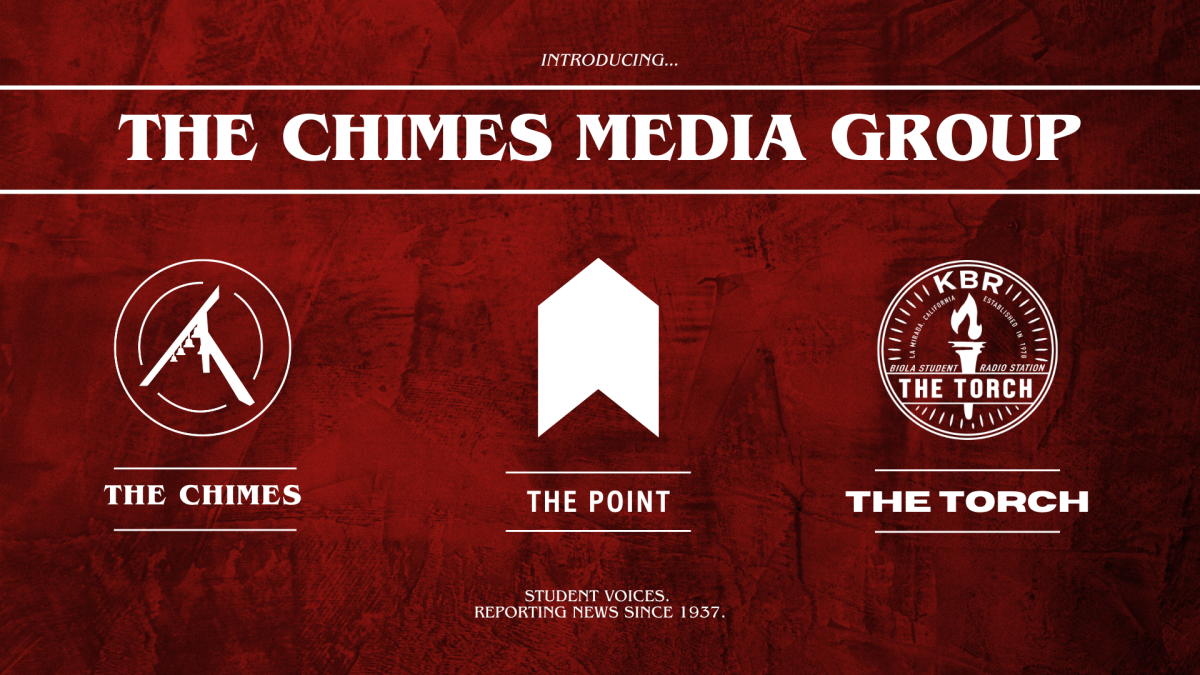Biola’s athletic events have APU seeing red.
More specifically, they’re seeing the mass of “Red Sea” shirts that Biola Associated Students has distributed to students this year. Notable throughout the stands during Thursday’s playoff basketball game, the shirts have become widespread enough to make the campus look like an enormous game of Risk.
Sophomore Brianna Stewart, AS Social Board chair, says that the shirts are designed to play in with the “unity through athletics” theme that the social board is trying to promote this year. The idea for the shirts was originally suggested by Mike Morin, the AS athletic director, whose roommate suggested the concept to him.
Ryan Armstrong, a Biola alum, and his company, Apparel Merchants, designed the shirts based on the idea he was given from the initial plans. Social Board then pitched the concept to AS, which approved it. Stewart says that she thinks the shirts “bring a lot to athletics and (are) what the Spirit Board is really about.” That is, bringing the school together to cheer on their teams.
Unfortunately, although the shirts have grown exponentially in popularity, there’s been backlash among some students about the design. Freshman Sith Riantawan thinks the idea is clever, but not necessarily a good one.
The shirts – on the off chance that anyone on campus hasn’t seen them – are bright red with the words “The Red Sea” on the front. The reverse has a picture of an eagle dressed in robes, along with a quotation from Exodus 14:27, which reads, “They tried to run away, but the Lord drowned them in the sea.”
“In the story, the Egyptians represent the world,” Riantawan explains, “So we’re implying that APU [or whoever else we’re playing against] is the world, even though we’re all God’s people.”
Stewart really thinks the shirts have been taken too seriously, and explains that, for example, the eagle as Moses is “not sacrilegious, but just trying to go along with the Biola eagle. We’re not putting them in the same category.”
Riantawan doesn’t care about the possible implications of the Moses eagle, but in reference to the verse he says he is “not so cool with sacrilegious things. I don’t think that making light of something God has done is a good idea,” he said. “That might be seen as extreme, but I’m OK with that.”
Other students see the issue differently.
“The shirts aren’t a bad idea because they’re controversial,” says junior Staci Bell, “It’s because they look stupid.”
Stewart emphasizes that the point of the shirts is to be worn at games, and only at games.
“It’s specifically to create atmosphere,” Stewart said.
The widespread use of the shirts at the Biola homecoming game, along with most games both on and off campus speaks to the unity that the shirts seem to effectively bring.
Still, the issue remains. Are these shirts good, bad, or ugly?
Perhaps more students should stop and consider the perspective of junior Jonathan Mueller, who observes that there may be a problem inherent in the marketing.
“The shirts are kind of a dud,” Mueller notes. “Because the Red Sea can be parted.”







